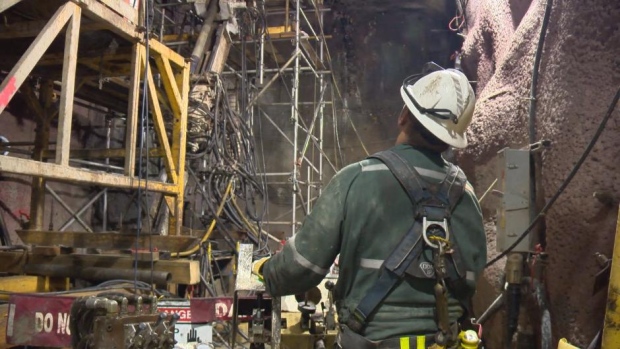Jan 18, 2017
Cameco investors underestimated restructuring charges: CEO

Shares of Cameco (CCO.TO) fell nearly 15 per cent after the uranium producer took steps to talk down analyst expectations. The company said the investment community is taking an altogether too rosy view of its books, as structural challenges in the uranium market continue to weigh on demand.
The company now expects to post a loss in 2016, as it reassesses the fair value of its assets amid weak market conditions. In an interview on BNN, Cameco Chief Executive Officer Tim Gitzel said investors underestimated the negative impact of restructuring charges over the course of the last year, prompting the surprise disclosure.
“There were just a lot of, you might want to call them one-offs or just pieces, provisions we have to take,” he said, in reference to the suspension of production at Rabbit Lake, and the curtailment of activity in Wyoming and Nebraska announced in April. “A lot of noise, a lot of pieces in 2016 that I don’t think were fully taken into consideration.”
Cameco is now forecasting production volumes at its Inkai project in Kazakhstan will fall 10 per cent in 2017 and announced plans to cut 10 per cent of its workforce, or 120 employees, at its McArthur River, Key Lake & Cigar Lake operations in Saskatchewan. Gitzel said the job cuts are an unfortunate result of oversupply in the fuel market stemming in part from Japanese reactor shutdowns in the wake of the Fukushima nuclear disaster.
“We’re five and a half, almost six, years into a depressed market,” he said. “That’s been a long stretch that we’ve really had to bear down and work hard.”
Gitzel expressed optimism reduced Kazakh production and reactor restarts in Japan could help bring the uranium market back into equilibrium; however, he conceded the timeline for balance is murky at best.
“There’s been a buildup of inventory: it’s going to take a while to wash through the system, but I can tell you over time we’re really optimistic,” he said. “There’s about 50 reactors under construction around the world, that’s good growth. If we didn’t see that, we’d be worried.”
Gitzel said he is cautiously optimistic the incoming Donald Trump administration could also help boost nuclear demand.
“We’ve heard some encouraging words from the Trump team on nuclear power,” he said. “We’re optimistic that will help our nuclear industry.”


